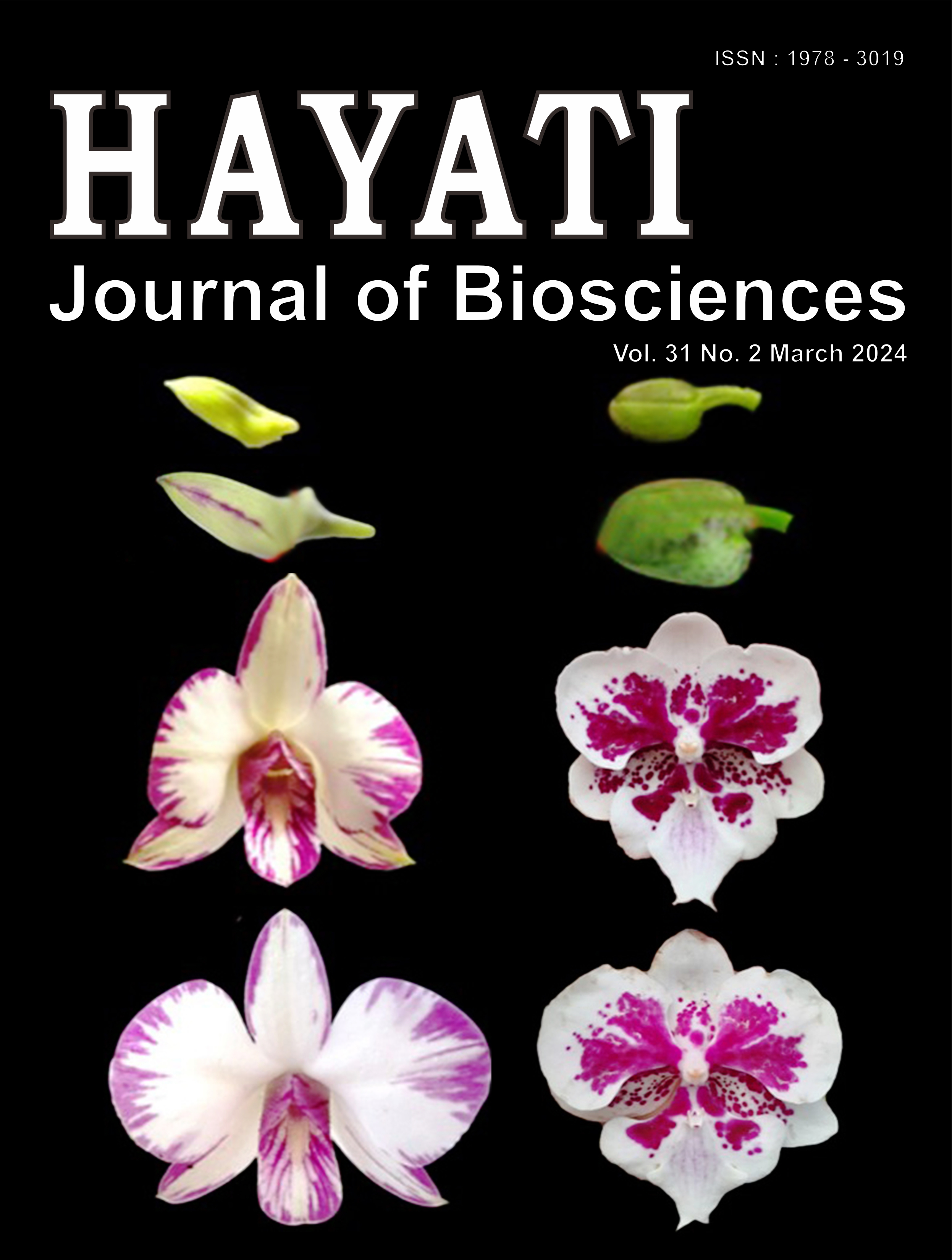Effectivity of Silver Nanoparticles-Temu Giring (Curcuma heyneana) Rhizome on Inhibiting the Growth of Bacteria Causing Nosocomial Infection
Abstract
Biofilms are a common cause of nosocomial infections that often attack hospitalized patients. The main objective of this study was to examine the efficacy of silver nanoparticles-temu giring rhizomes in combating bacteria and preventing biofilm formation. The antibacterial and antibiofilm properties of these nanoparticles were evaluated against Escherichia coli, Pseudomonas aeruginosa, and Staphylococcus aureus. The research began with the extraction of temu giring rhizome, synthesis of silver nanoparticles-temu giring rhizome, disk diffusion test, biofilm formation inhibitory activity test, and characterization of silver nanoparticles-temu giring rhizome. In this research, silver nanoparticles-temu giring rhizome were utilized at concentrations of 10, 20, 40, 80, 160 μg/ml, and a control in the form of chlorhexidine. The results showed that the silver nanoparticles-temu giring rhizome produced a larger inhibition zone for bacterial growth compared to the control against the three bacteria. The IC50 value of silver nanoparticles-temu giring rhizome required to inhibit biofilm formation was 27.64 μg/ml in E. coli, 29.29 μg/ml in P. aeruginosa, and 26.21 μg/ml in S. aureus. In P. aeruginosa, E. coli, and S. aureus, the IC50 for preventing biofilm formation by silver nanoparticles-temu giring rhizome was determined to be 27.64 μg/ml, 29.29 μg/ml, and 26.21 μg/ml, respectively. Evaluation of silver nanoparticles revealed the success of temu giring rhizomes in reducing silver ions. This is shown that silver nanoparticles-temu giring rhizomes can be developed into active ingredients that inhibit the growth of bacteria that cause nosocomial infections.
Downloads
Copyright (c) 2023 Aris Muhamad Nurjamil, Renandy Kristianlie Ekajaya, William Junino Saputro, Zaki Fahreza Sururi, Diah Kusumawaty

This work is licensed under a Creative Commons Attribution-NonCommercial 4.0 International License.
HAYATI J Biosci is an open access journal and the article's license is CC-BY-NC. This license lets others distribute, remix, tweak, and build upon author's work, as long as they credit the original creation. Authors retain copyright and grant the journal/publisher non exclusive publishing rights with the work simultaneously licensed under a https://creativecommons.org/

























.png) IPB University
IPB University Department of Biology
Department of Biology The Indonesian Biological Society
The Indonesian Biological Society 

